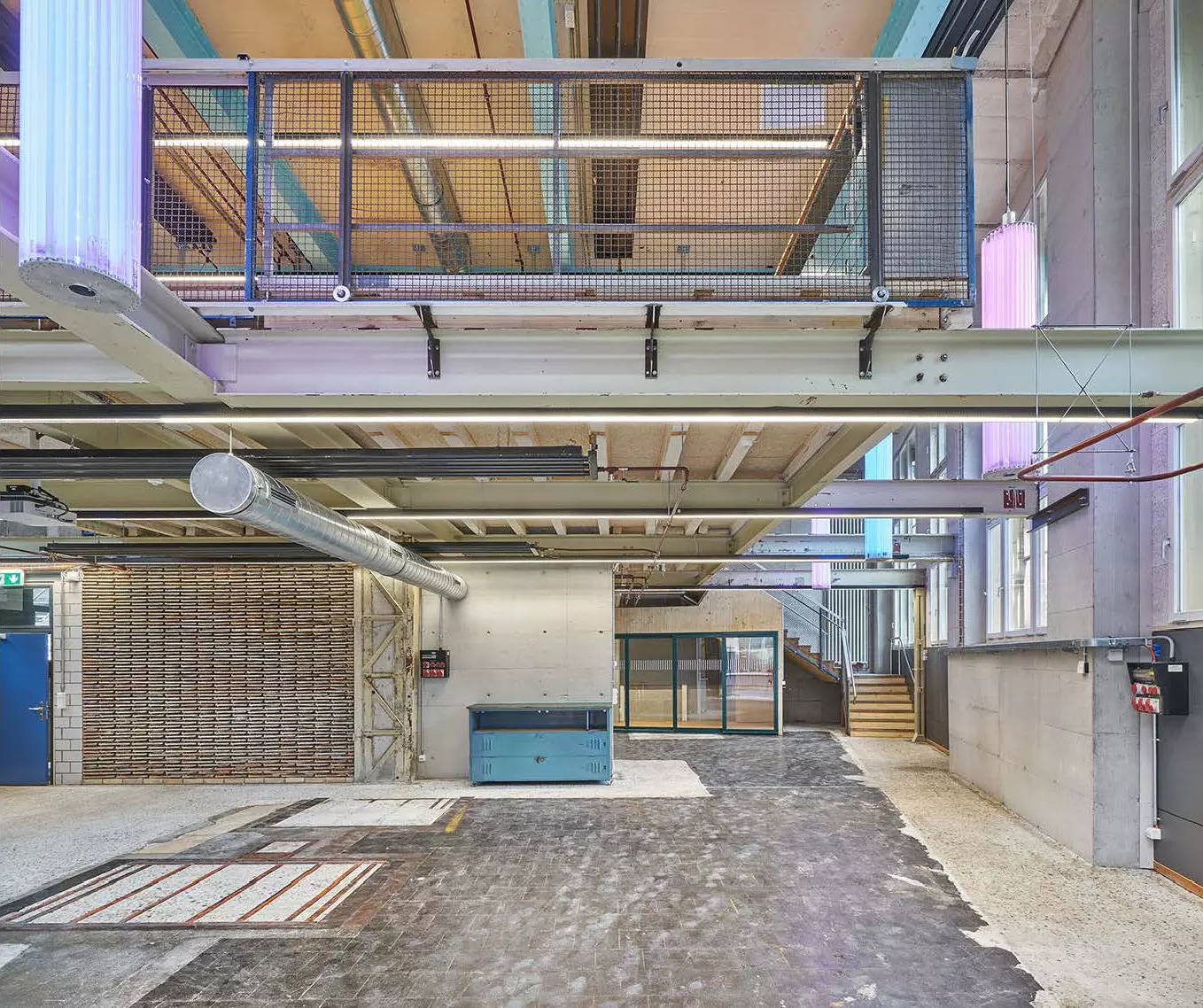How materials and energy interact
Participants of a symposium at the School of Architecture, Design and Civil Engineering have investigated environmentally friendly building materials.

If you want to do something about climate change, you have to reduce your CO2 emissions. Sustainable building is therefore the order of the day. What this specifically means is a currently a major concern for architects and planners alike. The “Architecture Climate Atlas” aims to provide them with the relevant basic knowledge in a simple and comprehensible manner. In doing so, it aims to support the industry in developing innovative concepts for the future.
Visual instruction at our own building
The Institute of Constructive Design (IKE) is working on the publication as part of a research project co-financed by the public sector. In September, it held a two-day symposium on the topic. The programme was entitled “Materials and energy – environmentally friendly, sustainable and high-quality” and focussed on the materials of clay, concrete, wood and steel as well as hybrid construction methods.
Specialists from across Switzerland shared their knowledge in presentations. The participants, including research partners and students from the ZHAW, learned about innovative construction materials such as Oxara concrete, new products in the area of mechanical pulp technology and hybrid load-bearing structures. They also looked at the CO2 emissions and grey energy produced by different materials and gained an insight into circular construction. The opportunity was also provided to visit building K118 at the Lagerplatz site in Winterthur. The warehouse’s five-storey expansion was primarily achieved using components from dismantled structures and was supported by the IKE with an interdisciplinary teaching and research project.
Back to overview